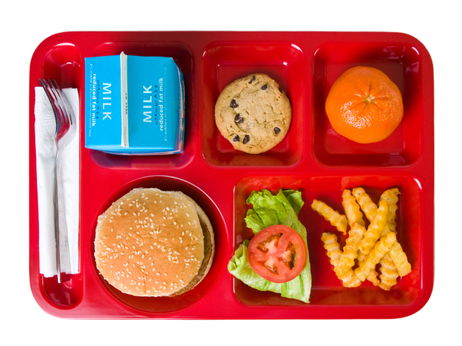 Eating a meat-free diet may lower your risk of developing heart disease, suggests a new study, helping to lessen the likelihood of metabolic syndrome.
Eating a meat-free diet may lower your risk of developing heart disease, suggests a new study, helping to lessen the likelihood of metabolic syndrome.
Metabolic syndrome is a collection of diseases that contribute to cardiovascular disease, including diabetes, obesity, and high blood pressure.
Researches found vegetarians had better blood sugar, blood fat, blood pressure, waist size, and body mass measurements than non-vegetarians.
In the study, 23 out of every 100 vegetarians were found to have at least three metabolic syndrome factors, compared with 39 out of every 100 non-vegetarians and 37 out of every 100 semi-vegetarians.
For the study, published in the journal Diabetes Care, scientists analyzed the diet of three different groups of people: vegetarians, non-vegetarians, and semi-vegetarians; in total, more than 700 adults.
The researchers used a questionnaire to obtain information on participants’ eating habits. People were classified as vegetarian, eating meat less than once a month; semi-vegetarian, eating meat less than once a week; and non-vegetarians. However, the term “vegetarian” is incorrectly defined; true vegetarians never eat meat.
Results showed vegetarians had an average body mass index (BMI) of 25.7. Unlike non-vegetarians who had an average BMI close to 30. Semi-vegetarians’ BMI fell between the vegetarians and non-vegetarians.
A BMI between 25 and 29 is considered overweight and a BMI from 30 and up is obese. Normal weight is between 18.5 and 25.
The findings remained steady when researchers combined all the readings to determine the risk of metabolic syndrome.
In 2008, Vegetarian Times reported that 7.3 million Americans follow a vegetarian diet: 59% are female, 41% are male. As of 2009, the total U.S. population was nearly 308 million.
According to the American Heart Association, a vegetarian diet – with its heavy vegetable consumption and low intake of saturated fat from animal products – has been shown to reduce the risk of heart disease, heart attack, obesity, high blood pressure, and some forms of cancer.
Article courtesy from diet-blog
Image courtesy from first reason blog


